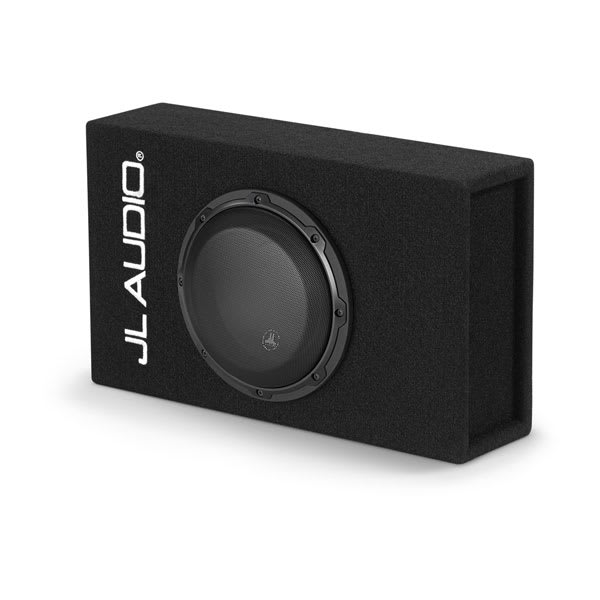Hi RyanCan I inquire as to what you replaced everything with? Do you have pics? I am very interested in potentially changing out the audio, but waiting to hear and see others installs and what they did. I would LOVE to not lose any space anywhere and I was looking at the powered 8" from JL but that takes up the back bench and not sure I want to do that as I feel it would overwhelm the rest of the audio if I didn't change everything.. If I am going to change the other speakers to match that JL sub/amp combo, I might as well change out everything.
So what did you install and where? I would love to hear / see your install.
Thanks
Ryan G
Have a read through this thread (link Below) - It has all the information to answer your questions. However, should you have additional questions, or require more pictures of where everything was installed then please feel free to post again and I'll do my best.
I am based in Southeast UK. I've had so many requests from people to hear and see the car. I have met with many people either at shows / events or arranged mutual meeting points to demo everything prior to purchasing the Mounts - I see you're USA based though?
KEF Audio Upgrade Parts - Now Available!
As promised, here are the final 3D printed versions of the front and rear speaker mounts, & Amp Mount, allowing you to upgrade your KEF audio to a far superior system. The front mounts allow you to transform from a 3" speaker to any 6.5" speaker, and the rear mounts allow you to install any far...













